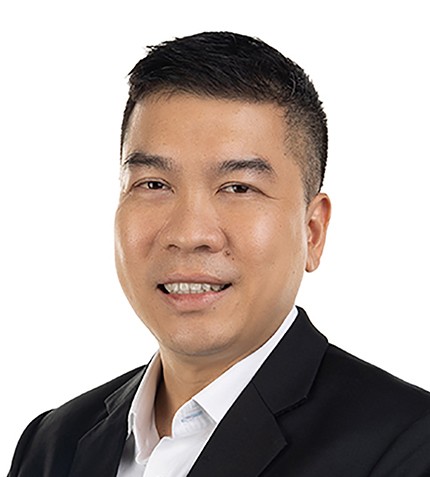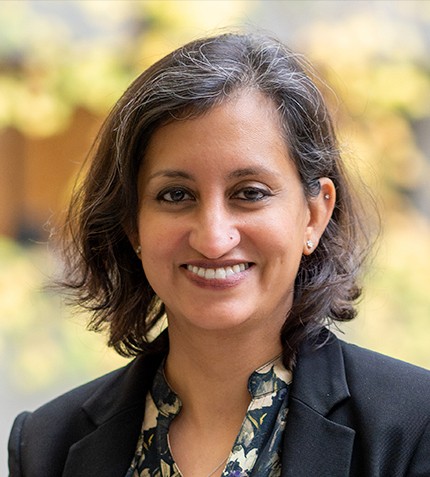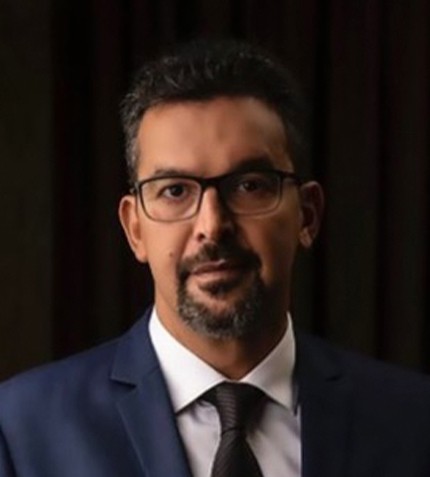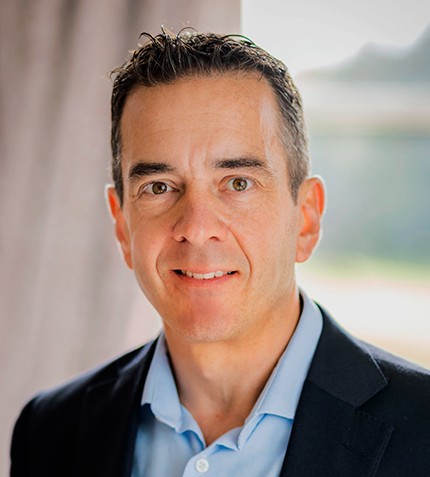
"We are looking at various other opportunities for all our sites to transition from an oil-based feedstock into renewable or circular feedstock."
Julian Soong
GENERAL COUNSEL, APAC & MANAGING DIRECTOR, SINGAPORE, ARLANXEO (A WHOLLY OWNED SUDSIDIARY OF SAUDI ARAMCO)
Could you introduce ARLANXEO to our readers?
ARLANXEO is one of the world's largest synthetic rubber producers and a wholly owned subsidiary of Saudi Aramco. Currently, ARLANXEO develops, produces and markets high-performance rubbers with a presence at more than 11 production sites in eight countries and five innovation centers around the world. In Asia, we have two fully owned manufacturing plants, producing Butyl rubber in Singapore and EPDM in Changzhou, China. We also have a joint venture with TSRC Corp to produce NBR in Nantong, China. Late last year, ARLANXEO announced a plan to construct a butadiene rubber plant in the Kingdom of Saudi Arabia, integrated within SATORP’s Butadiene facility. This April, we also broke ground on a new Therban® HNBR plant in Changzhou, China to meet the growing global demand for advanced synthetic rubber products.
Could you elaborate on the opportunities the rise of the EV market posits for ARLANXEO?
We are positioning our portfolio to be relevant for the EV market, where requirements vastly differ. For example, our HNBR (Hydrogenated Nitrile Butadiene Rubber), can be used in the production of lithium polymer batteries; on the other hand, the engine of the EV uses a lot less synthetic rubber compared to the traditional combustion engine. Interestingly, there are also differences in the tire properties (like tire wear or load) required by EVs vs ICE cars, where we see higher wear on tires in an EV compared to an ICE car due primarily to weight and the amount of torque generated. There’s a lot of room to work with our partners on developing rubbers that produce less wear and improve certain handling characteristics to meet the requirements of this new market.
ARLANXEO has a target to reach net zero by 2050. How are you working to reduce Scope 1,2, and 3 emissions?
No one has a crystal ball to know what 2050 will mean, but the industry acknowledges that something must be done and that something – actions, investments and activities – must be organized across the three emission categories: Scope 1,2 and 3. Scope 1 refers to the emissions direct from ARLANXEO’s production process; Scope 2 refers to the emissions related to procured energy; and Scope 3 is largely related to the feedstock that ARLANXEO uses to produce its rubber products. To facilitate this target, ARLANXEO has taken measures in all three dimensions.
With respect to Scope 1 and 2 emissions, we are prioritizing optimization programs to make ourselves more energy efficient, for instance by reusing heat within the production process. Within Jurong Island, the home of the chemical industry in Singapore, there are good examples of energy and waste synergies and complementariness – for instance, using the cold generated in the LNG process (which requires heat) for data centers which require a lot of cooling (and generate a lot of heat) and the government is also encouraging companies to engage with each other on such potential synergies. Singapore has also been pioneering carbon taxation in this region, taking a bold step ahead of its neighbors, which adds additional competitive pressure. The carbon tax gives a strong nudge to the export-driven manufacturing sector to reduce emissions, but Singapore has also provided incentives and grants to support local producers' transition by optimizing operations.
From a feedstock perspective, we already produce bio-based EPDM in Brazil using sugarcane-based ethanol, and we are looking at various other opportunities for all our sites to transition from an oil-based feedstock into renewable or circular feedstock. To facilitate these opportunities, we are in the process to get our sites ISCC PLUS certified. At this moment, we have two sites which are ISCC Plus certified - our Geleen site in the Netherlands and our Singapore site. We produce EPDM rubber in Geleen and Butyl rubber in Singapore. ISCC stands for International Sustainability and Carbon Certification. Through the physical connection with our suppliers and by using a mass balance method, we can attribute bio-circular and circular ISCC certified feedstock to our rubber products. This can help to show how we can reduce the overall Scope 3 emissions in the value chain.
ARLANXEO Singapore received the Workplace Safety and Health Awards (WSH) for three years in a row. What changes has ARLANXEO undergone to instill a strong safety culture?
Safety has always been a value in ARLANXEO. The pandemic was a pivoting point for ARLANXEO to consolidate our safety culture outwardly and consciously. One aspect which we focused on was the impact of the pandemic on those colleagues (including foreign workers) stranded between their home in the foreign country and their work base in Singapore, away from family and friends. It was important for us to recognize the state of mind of our fellow colleagues when they performed their work as they may have faced different challenges and received negative news from their family back from home. Our team saw this as something which can be potentially risky if not addressed and we then kick-started an in-house back-to-basics program. An important principle we adopted in this initiative is simple communication (our workforce is highly diverse and English may not be the first language). All colleagues and contractors working with us were handed safety pocket cards listing all fundamental and uncompromisable lifesaving rules. Another principle we adopted was to encourage everyone to speak up if something, no matter how small or seemingly trivial, is not right; an example could be not wearing the correct earplugs while undertaking a task. We engaged our contract staff, shared feedback, and empowered them to take charge. Our efforts were picked up by the Ministry of Manpower, which awarded us our first CARE (Culture of Acceptance, Respect and Empathy (CARE) Award. I hope these examples resonate with the rest of the industry and offer some useful practices on both engaging contract workers and the importance of mental health when we talk about safety.










